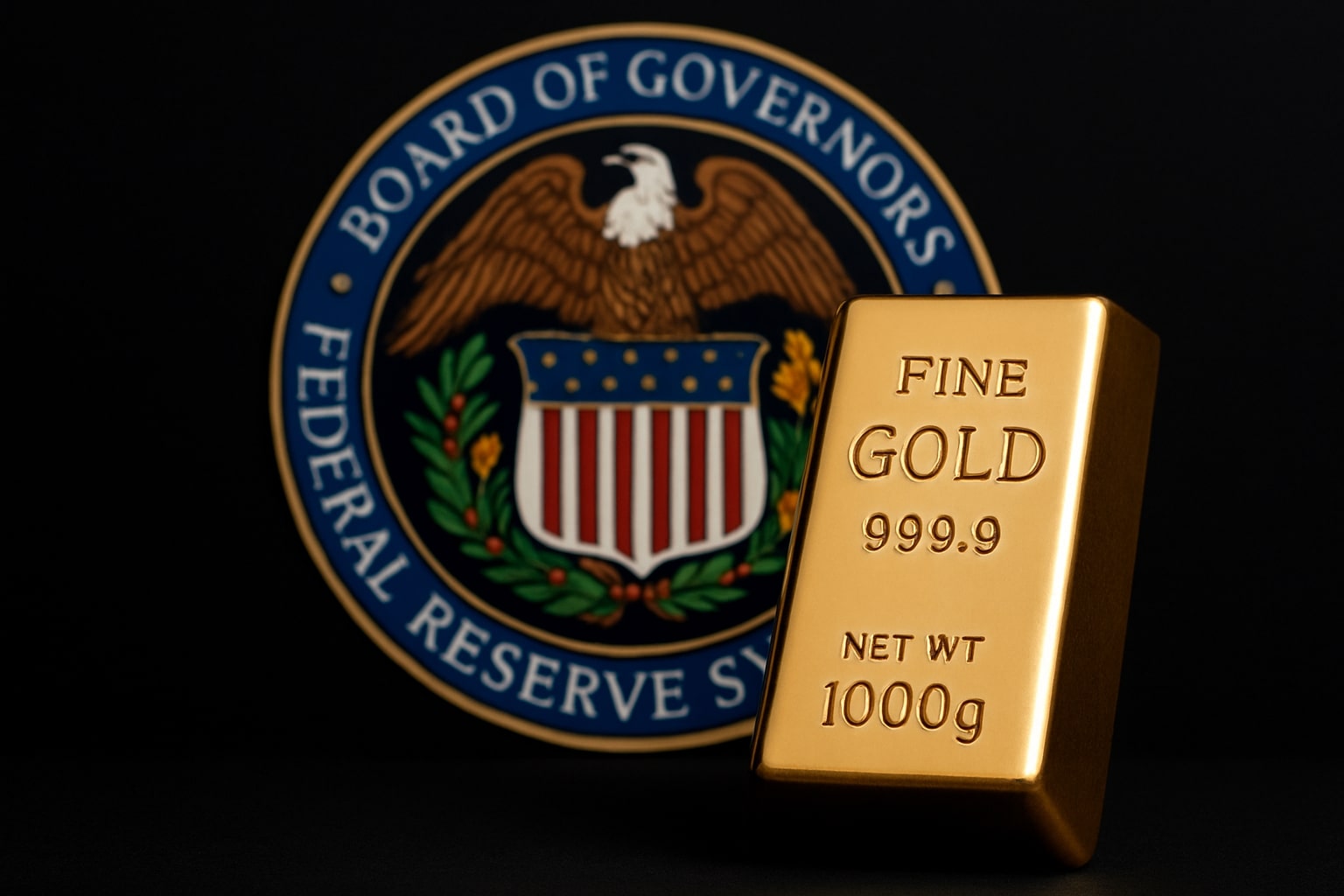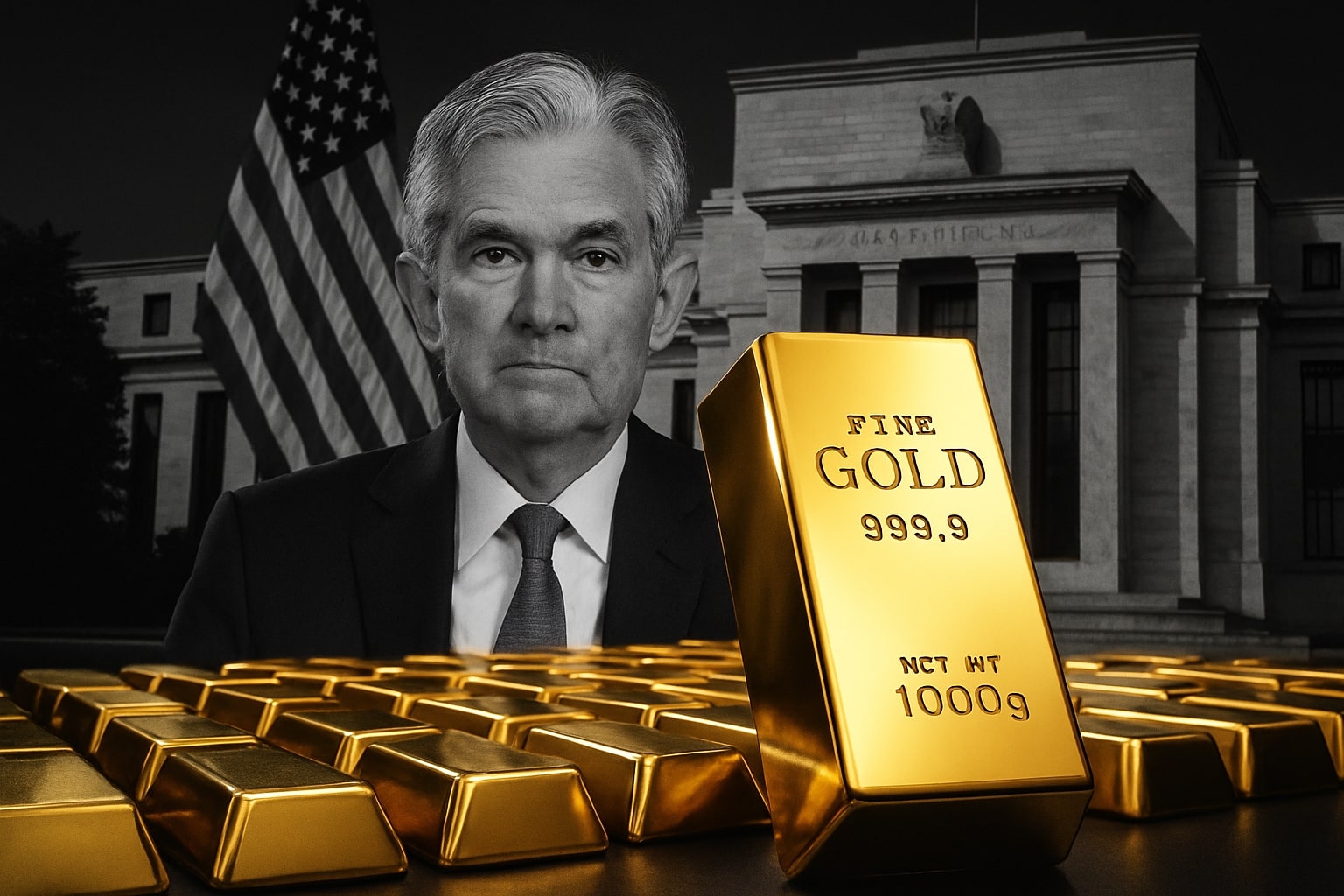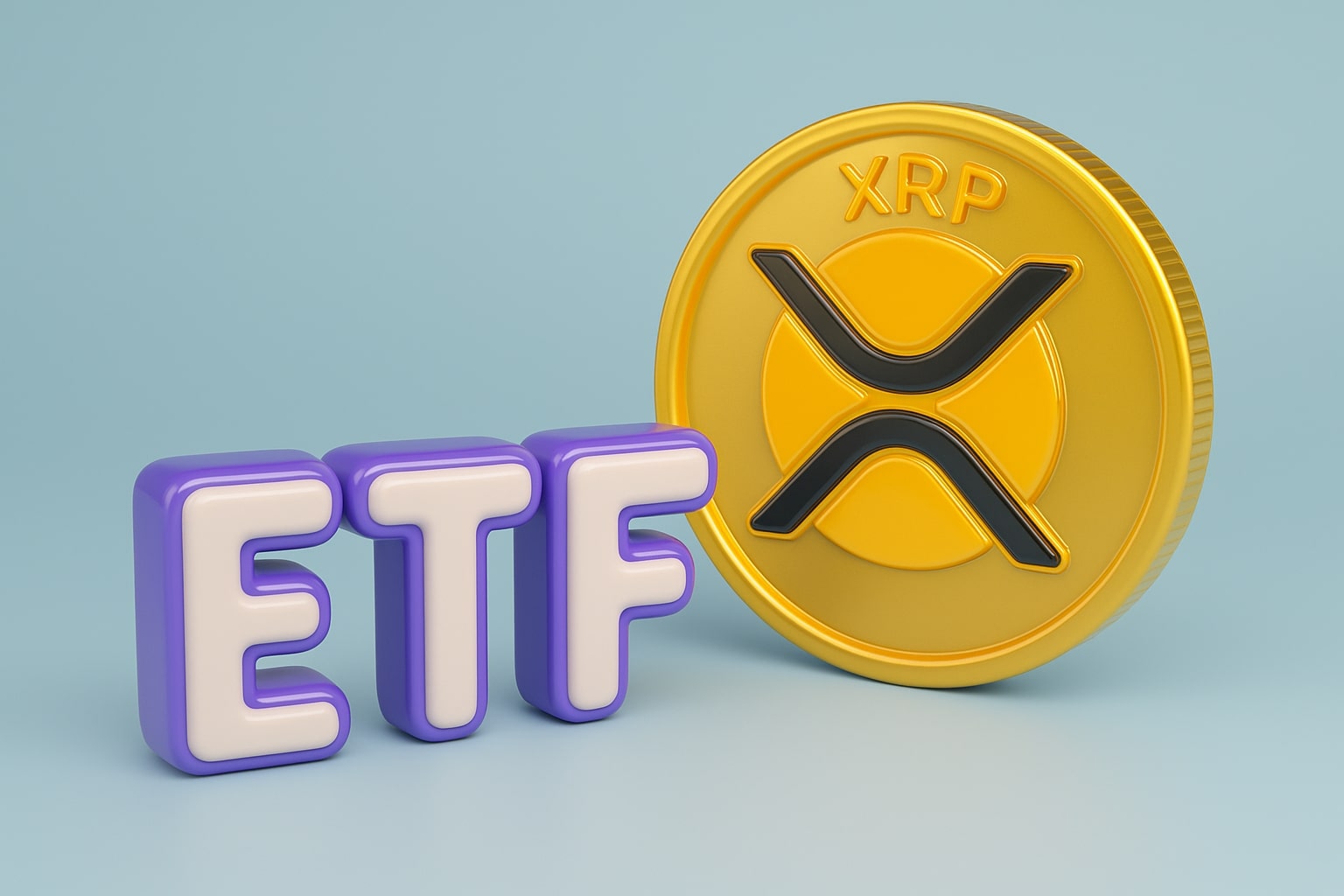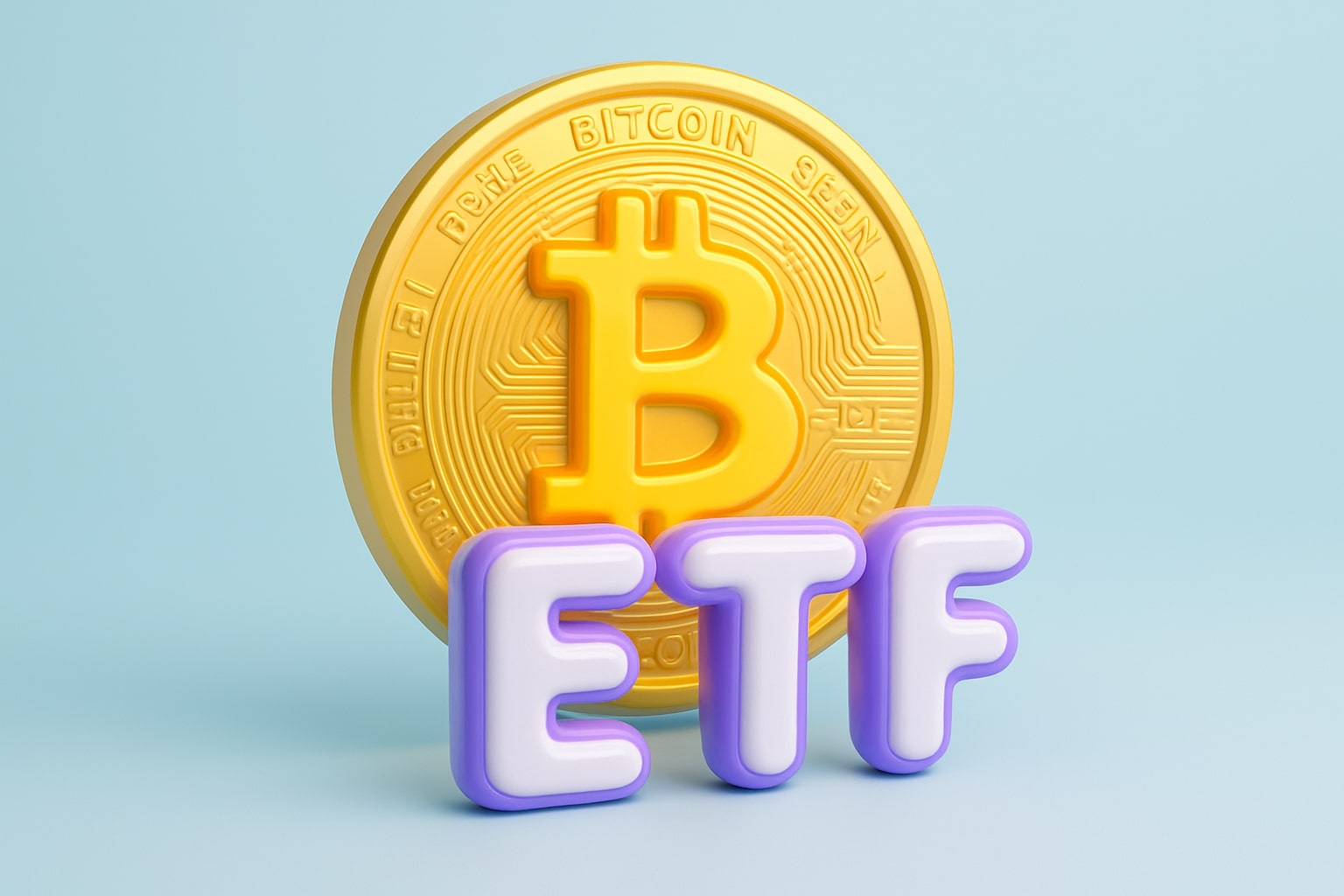
Gold Price Forecast - XAU/USD Steadies at $3,768 as Central Banks Buy, U.S. GDP Hits 3.8% and Inflation Test Nears
XAU/USD holds $3,731 support with upside targets near $3,790–$3,824; YTD gains hit 44% as fiscal stress, central bank demand, and Fed uncertainty fuel safe-haven flows | That's TradingNEWS
XAU/USD surges toward $3,800 as global demand accelerates
Gold (XAU/USD) opened Thursday at $3,768 per ounce, extending a year-to-date rally that has already delivered gains of +44% in USD, +33% in GBP, and +25% in CHF. The move is not just a dollar-driven story; in sterling, gold is nearing £2,800/oz, while in Swiss francs it has broken to record territory despite the franc’s reputation as the hardest fiat currency. Futures have climbed 12% in the past month, rising from $3,366 on August 25 to hold firm above $3,700 this week. One year ago, gold traded at $2,656/oz, underscoring a 41.9% surge since September 2024. This sustained momentum reflects intensifying demand from central banks, investors seeking a hedge against inflation, and capital fleeing into safe havens amid mounting geopolitical and fiscal risks.
Macro triggers: GDP growth, inflation, and job data shape direction
The market backdrop has turned more complex. U.S. GDP for Q2 was revised to a robust 3.8% annualized, while weekly jobless claims dropped to 218,000, both signaling resilient growth. Yet Friday’s Core PCE inflation release (forecast 2.9% y/y) looms as the critical test. Historically, gold strengthens when inflation erodes currency value and when investors doubt the Fed’s ability to balance growth with price stability. The 10-year Treasury yield at 4.2% has capped some of the upside, but the Fed’s divided stance — with Chair Powell warning of “no risk-free path” on rates — has kept uncertainty high. If inflation proves stickier than markets expect, gold’s allure as a hedge against policy error strengthens.
Geopolitical and fiscal anxiety fuel safe-haven demand
Central banks from non-Western economies have been accelerating purchases, reshaping the supply-demand balance. Since early 2024, China, Turkey, and Middle Eastern sovereigns have stepped up buying, adding weight to the view that U.S. monetary hegemony can no longer be trusted as a sole anchor. This aligns with a broader theme: nations hedging against the weaponization of the dollar. Fiscal excess in developed economies only amplifies the trend. With the U.S. debt pile surging past $35 trillion, and deficit projections showing no return to discipline, investors have doubled down on physical assets. Gold is thriving in this vacuum of trust, where government promises carry less weight than tangible reserves.
Lessons from past cycles: echoes of 2008–2011, risks of 2011–2016
History frames the current rally. The 1980 peak was followed by a 19-year slide as growth and disinflation kept gold sidelined. In the 2000s, the rise of China and Western leverage culminated in the 2008 financial crisis, propelling gold to new highs by 2011. But the subsequent bear market (2011–2016) showed how quickly appetite can fade once deflationary fears dominate and the dollar regains its shine. Today’s surge mirrors the 2008–2011 period more closely: a blend of financial instability, sovereign risk, and geopolitical tension. What could trigger another prolonged downturn would be a surprise return to fiscal discipline in the U.S. — a scenario currently viewed as improbable but not impossible.
Technical signals: consolidation above $3,700 support
Technicals confirm bullish structure. Gold has defended $3,731 support (50-EMA) throughout the week, with resistance first at $3,760 and more firmly at $3,790–$3,824. A breakout through this zone could open the path to $3,850–$3,900, levels not seen in modern history. On the downside, a sustained close below $3,731 exposes $3,701 and $3,685, with broader support at $3,628. RSI near 47 suggests fading short-term momentum but not an overbought condition, leaving room for further upside should macro catalysts align.
Read More
-
PFFA ETF Nears $21.50 as Rate Cuts and 9.49% Yield Spark Renewed Demand
29.11.2025 · TradingNEWS ArchiveStocks
-
XRPI and XRPR ETFs Ignite Ripple’s Institutional Rally as Inflows Near $1B and XRP Holds $2.20
29.11.2025 · TradingNEWS ArchiveCrypto
-
Natural Gas Price Forecast - NG=F Blasts to $4.85 as Demand Surge Fuel Multi-Month Breakout
29.11.2025 · TradingNEWS ArchiveCommodities
-
USD/JPY Price Forecast - Yen to Dollar Slides to 156.10 as Yen Strengthens on Fed Cut Expectations
29.11.2025 · TradingNEWS ArchiveForex
Global spillovers: currencies and regional prices
The rally is mirrored globally. In the Philippines, gold has reached PHP 6,965.42 per gram and PHP 216,648.80 per troy ounce, a jump from PHP 6,958.16 just a day prior. Across Europe, sterling-based gold has surged over 33% YTD, while euro-denominated pricing reflects both safe-haven flows and euro weakness against the dollar. These cross-currency records underscore that the rally is not just a U.S. story; it is structural and global.
Investor positioning: physical vs. ETFs vs. derivatives
Allocations are shifting across vehicles. Physical buyers continue to dominate, with central banks and high-net-worth investors favoring bullion and coins as untouchable reserves. ETFs have absorbed steady inflows but remain below the highs seen in 2020, as investors wary of counterparty risk prefer direct holdings. Futures and options markets remain active, with gold-linked open interest expanding ahead of the PCE report. Portfolio managers highlight that gold’s correlation with equities and bonds has weakened further, reinforcing its role as a true diversifier.
Gold (XAU/USD $3,768) is consolidating above key support as central bank demand, fiscal stress, and geopolitical risk form a powerful trifecta. With inflation data and Fed policy on deck, the near-term setup tilts Bullish, with risks contained above $3,700 and breakout potential toward $3,850. At these levels, gold remains a Buy, backed by both structural demand and technical resilience.



















